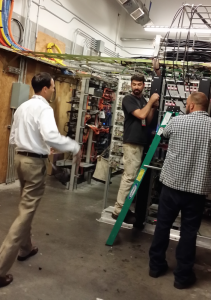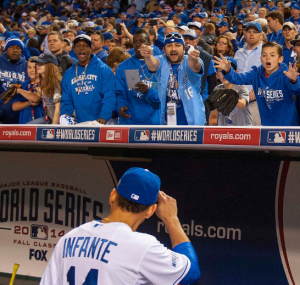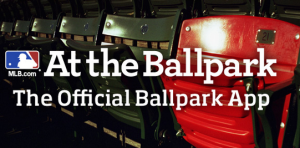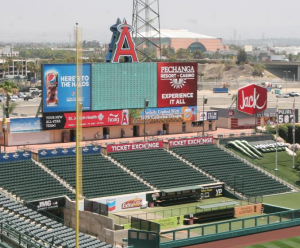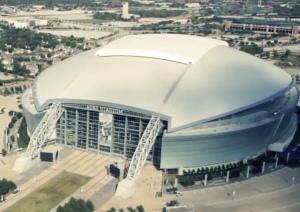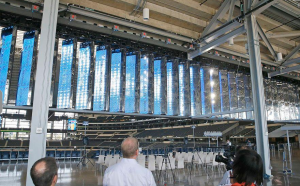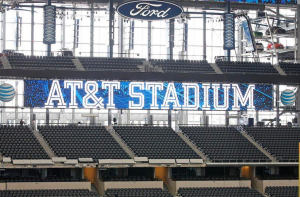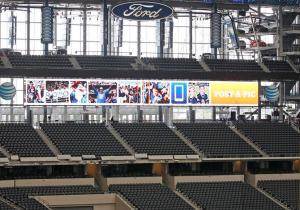In case you’re not familiar with the DAS acronym, it stands for distributed antenna system, and basically is a network of small antennas that bring cellular service to the tightly packed fans inside stadiums or other large public venues. At AT&T Park, AT&T runs the network as a neutral host, meaning that Verizon Wireless, Sprint and T-Mobile customers can also use the DAS to connect. If you’re in the park and you haven’t enabled your device to connect via Wi-Fi, you’re probably connected via the DAS. However, the stats provided here are only for AT&T customers on the DAS, since AT&T doesn’t have visibility into the other carriers’ metrics. Since the Wi-Fi network is open to all, the Wi-Fi numbers we reported earlier are for all customers, no matter who their provider is.
But even just the AT&T cellular numbers are pretty impressive, perhaps not surprisingly so since a good-weather World Series game is a bucket-list event for most attendees, meaning that texts, tweets, selfies and Vines were likely flowing freely at all three games in San Francisco. Here’s a breakdown from AT&T about how much more data was used during the games last weekend:
— Fans used an average of approximately 447GB of data per game over the weekend on the AT&T cellular network. This is equivalent to more than 1.27M social media post with photos.
— The numbers represent an increase of approximately 29 percent in cellular data usage compared to the average game during the League Championship series vs. St. Louis.
— It’s an increase of approximately 109 percent in cellular data usage compared to the average game during the final home series of the regular season vs. San Diego (9/25-9/28).
— The peak hour of data usage during three home games was on 10/25 was from 5-6pm PT, the hour in which the first pitch occurred. In this hour more than 83GB of data crossed the AT&T venue-specific cellular network.
According to AT&T, the total combined Wi-Fi and AT&T DAS traffic hit a record high of 2.09 Terabytes on Oct. 25, the highest single-game total in AT&T Park network history. What would be even more interesting would be if we could get DAS statistics from Verizon, Sprint and T-Mobile to get the total-total number for wireless data consumed during the biggest games of the year.
